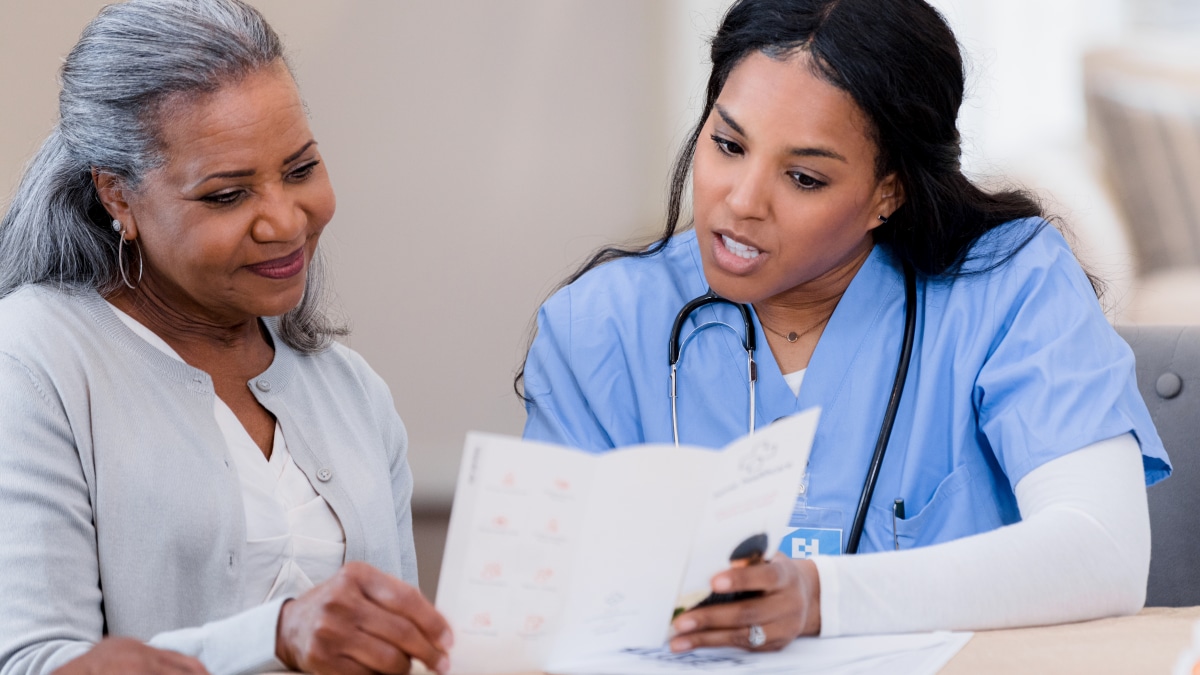Key points
- Anyone can develop sepsis, but some people are at higher risk for sepsis.
Who's at risk
- Adults 65 or older
- Children younger than one
- People who are pregnant or post-partum
- People who survived sepsis
- People with chronic conditions, such as diabetes, lung disease, cancer and kidney disease
- People with recent severe illness, surgery or hospitalization
- People with weakened immune systems
Conditions that can increase risk
Surviving sepsis
Sepsis survivors are at higher risk for getting sepsis again.1
Cancer
Having cancer and undergoing certain treatments for cancer, such as some types of chemotherapy, can put you or your loved one at higher risk for developing an infection that could lead to sepsis.
Chemotherapy works by killing the fastest-growing cells in your body—both good and bad. Along with killing cancer cells, some types of chemo also kill your infection-fighting white blood cells.
When am I more likely to get an infection?
An infection or sepsis can happen at any time. However, when your body has very low levels of a certain type of white blood cell (neutrophils) that increases your risk of getting an infection. This condition is a common side effect of chemo called neutropenia.
How will I know if I have neutropenia?
Your doctor will routinely test for neutropenia by checking the level of your white blood cells.
- Prescott HC, Langa KM, Iwashyna TJ. Readmission diagnoses after hospitalization for severe sepsis and other acute medical conditions. JAMA. 2015;313(10):1055-1057.

